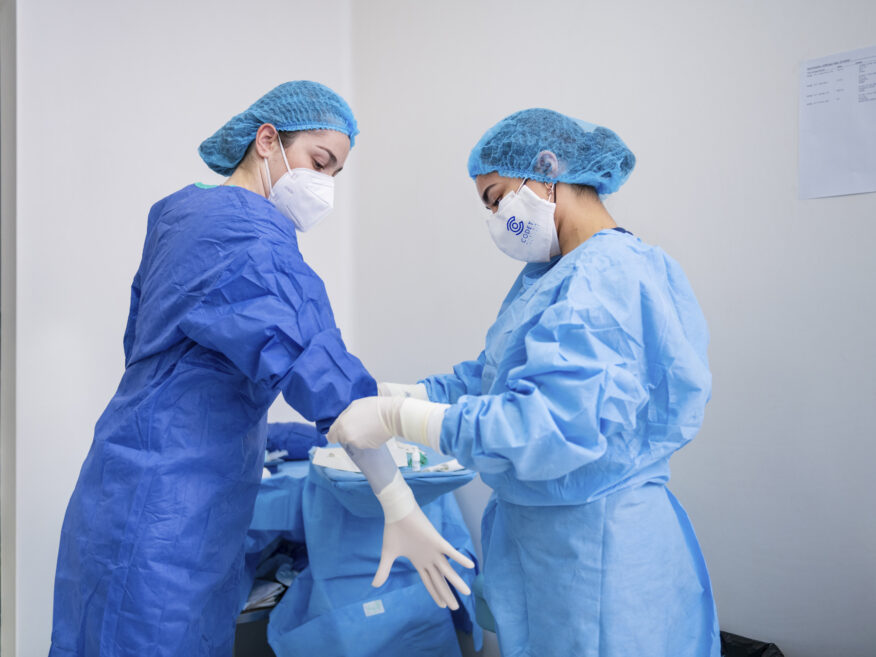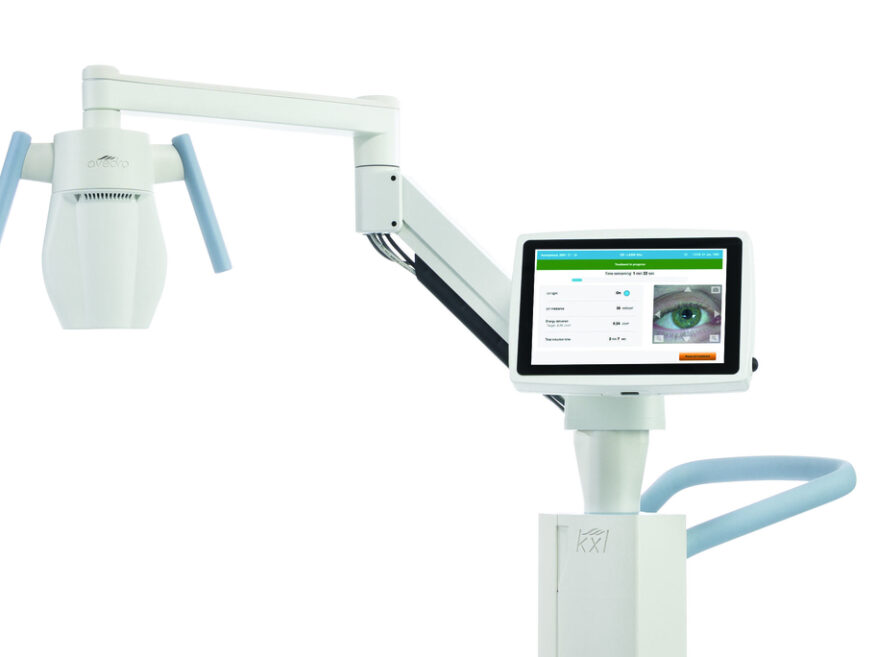Crosslinking
Crosslinking is a quick and minimally invasive treatment that strengthens the cornea and prevents further progression of Keratoconus.
Condition
Keratoconus is the thinning of the cornea. If left untreated, the cornea will eventually bulge outward, forming a cone shape. The shape distortion causes blurred vision, sensitivity to light, and difficulty seeing at all times.
Blurry, distorted vision can be a sign of keratoconus or something else. Regular eye exams can help diagnosis keratoconus before it becomes problematic. There are several treatments available, like Cross-Linking and Cornea Transplant. Potential causes include hereditary genetics, eye allergies, excessive rubbing, and possible underlying conditions affecting connective tissues.
Our Cornea Specialists at CODET Vision Institute in Tijuana, Mexico, has more than 30 years of experience in Keratoconus Treatment.
Symptoms can be different in each eye and often worsen slowly over a period of 10 to 20 years. However, occasionally symptoms can worsen much more quickly, scarring the cornea and causing vision to grow even more distorted and blurry. Any time you notice a change in your vision, it’s time for an eye exam.
Different treatment options are available, depending on the severity.

Experts in Keratoconus development and treatment
Leaders in corneal laser technology

CODET technology and equipment uses the following to treat Keratoconus:
CODET Vision Institute surgeons are leaders in their specialty field. They are supported by hand-picked staff who are specially trained to deliver optimal care for our patients. Care is provided in our state-of-the-art facilities, offices, and operating rooms using nothing but the best in diagnostic and surgical technology and equipment, so you are fully supported before, during, and after your procedure.
A quick and easy look.